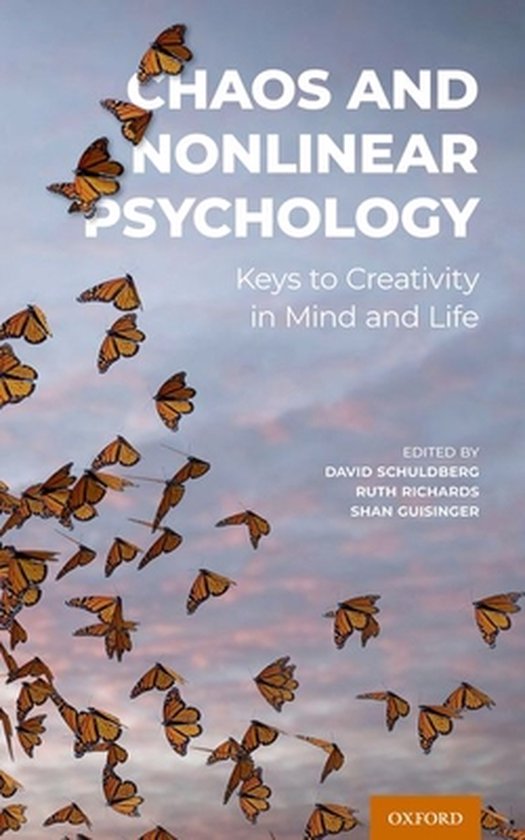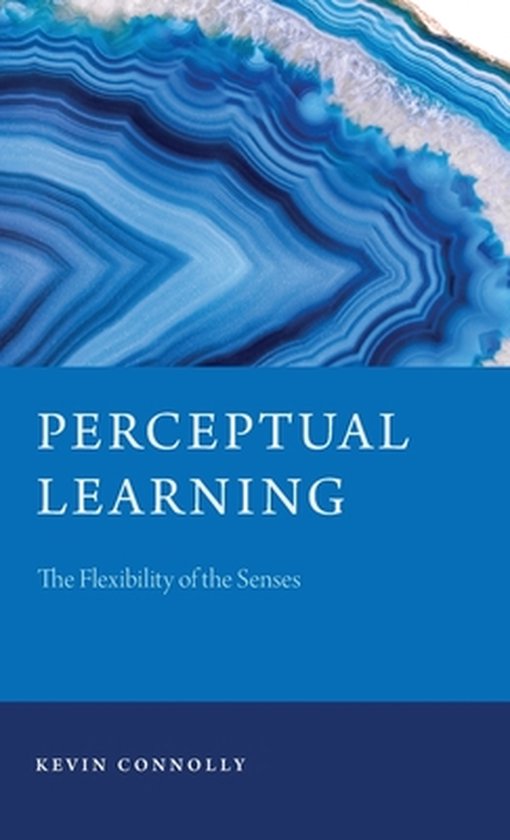
Chaos and Nonlinear Psychology
The pandemic, and our response to it, has shown how unpredictable, irrational, illogical, suddenly changing, and muddled human interactions can be in a time of crisis. How can we make sense of such confusing and baffling behavior? This book reveals how chaos and nonlinear dynamics might be the answer, bringing new understanding to everyday topics in social sciences.
The pandemic, and our response to it, have shown how unpredictable, irrational, illogical, suddenly changing, and muddled human interactions can be in a time of crisis. How can we make sense of such confusing and baffling behavior? This book reveals how chaos and nonlinear dynamics can bring new understanding to everyday topics in social sciences. It brings together chapters from leaders at the intersection of psychology and chaos and complexity theories. Conceptual and user-friendly, it is built around six themes: 1) Seeing nonlinearity, 2) Finding patterns, 3) using Simple models, 4) Intervening nonlinearly, and 6) teaching a new Worldview. It takes no specialized study-although there is more sophisticated material and optional math for those wishing it. The techie will, in addition, find concepts and diagrams to ponder. The volume is engaging, at times startling-whether about the weather, Internet, organizations, family dynamics, health, evolution, or falling in love. It reveals how many social, personal, clinical, research, and life phenomena become understandable and can be modelled in the light of Nonlinear Dynamical Systems (NDS) theory. It even offers a broadening worldview, happening already in other sciences, toward a more dynamic, interconnected, and evolving picture, including process-oriented appreciation of one's own experience. The book offers those in the field of psychology and the social sciences a stunning new perspective on human behaviour.
The pandemic, and our response to it, have shown how unpredictable, irrational, illogical, suddenly changing, and muddled human interactions can be in a time of crisis. How can we make sense of such confusing and baffling behavior? This book reveals how chaos and nonlinear dynamics can bring new understanding to everyday topics in social sciences. It brings together chapters from leaders at the intersection of psychology and chaos and complexity theories. Conceptual and user-friendly, it is built around six themes: 1) Seeing nonlinearity, 2) Finding patterns, 3) using Simple models, 4) Intervening nonlinearly, and 6) teaching a new Worldview. It takes no specialized study-although there is more sophisticated material and optional math for those wishing it. The techie will, in addition, find concepts and diagrams to ponder. The volume is engaging, at times startling-whether about the weather, Internet, organizations, family dynamics, health, evolution, or falling in love. It reveals how many social, personal, clinical, research, and life phenomena become understandable and can be modelled in the light of Nonlinear Dynamical Systems (NDS) theory. It even offers a broadening worldview, happening already in other sciences, toward a more dynamic, interconnected, and evolving picture, including process-oriented appreciation of one's own experience. The book offers those in the field of psychology and the social sciences a stunning new perspective on human behaviour.
| Auteur | | |
| Taal | | Engels |
| Type | | Hardcover |
| Categorie | | Mens & Maatschappij |




